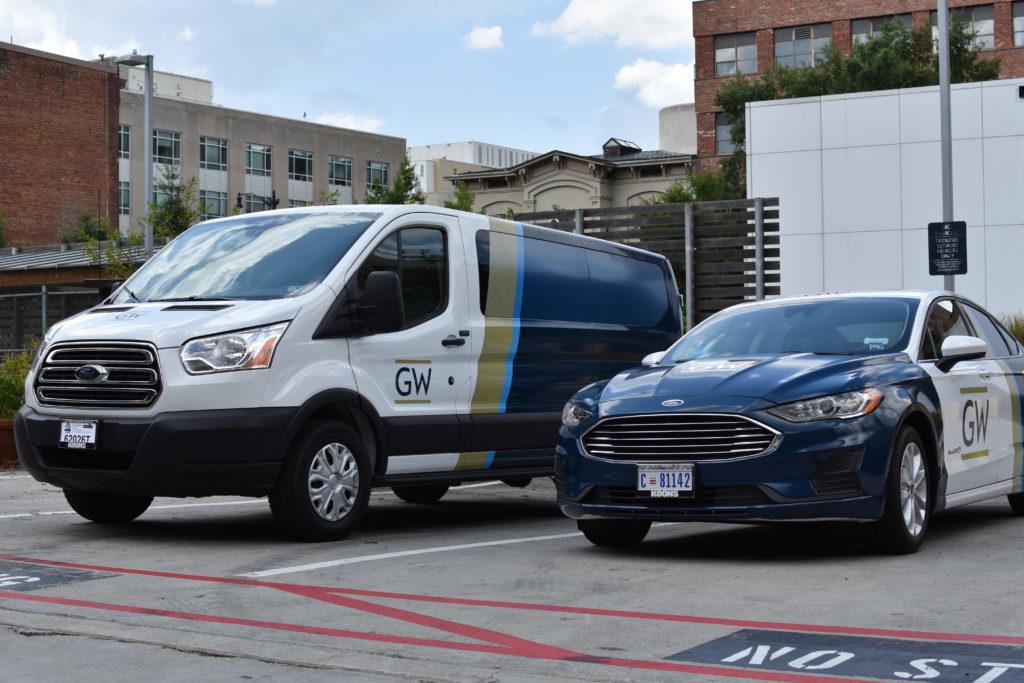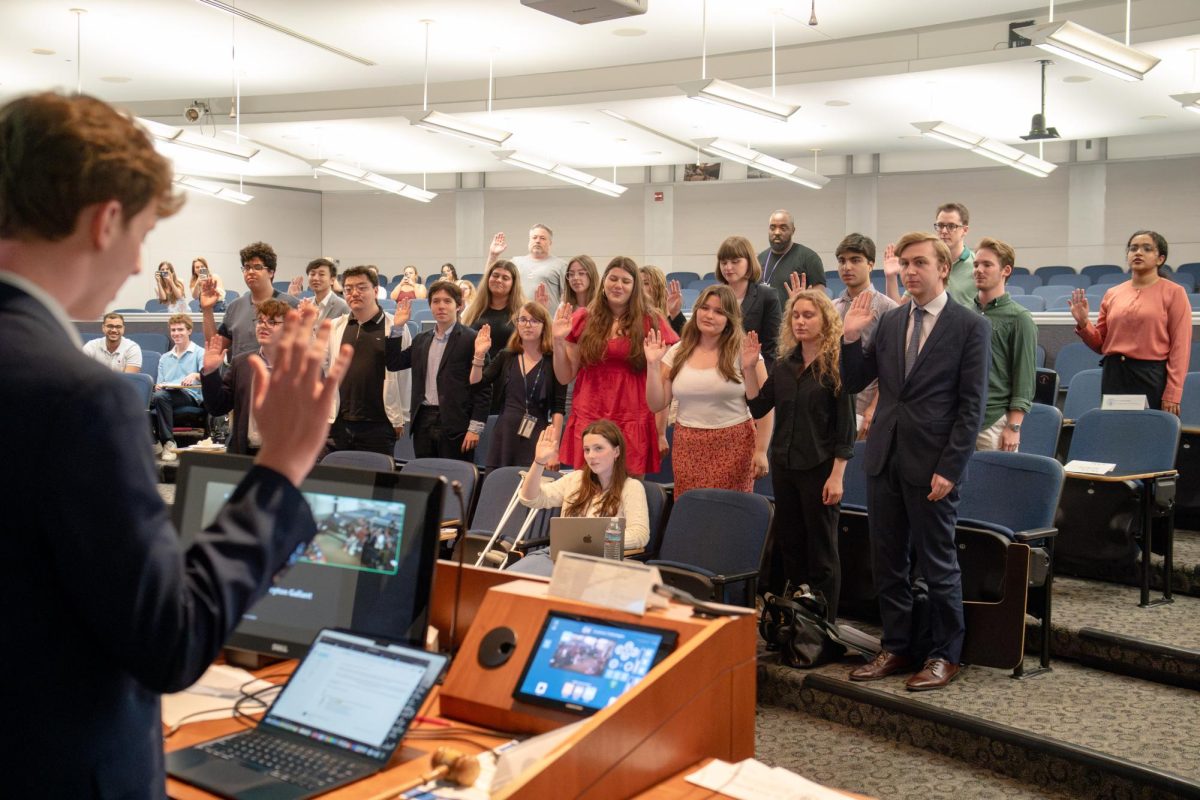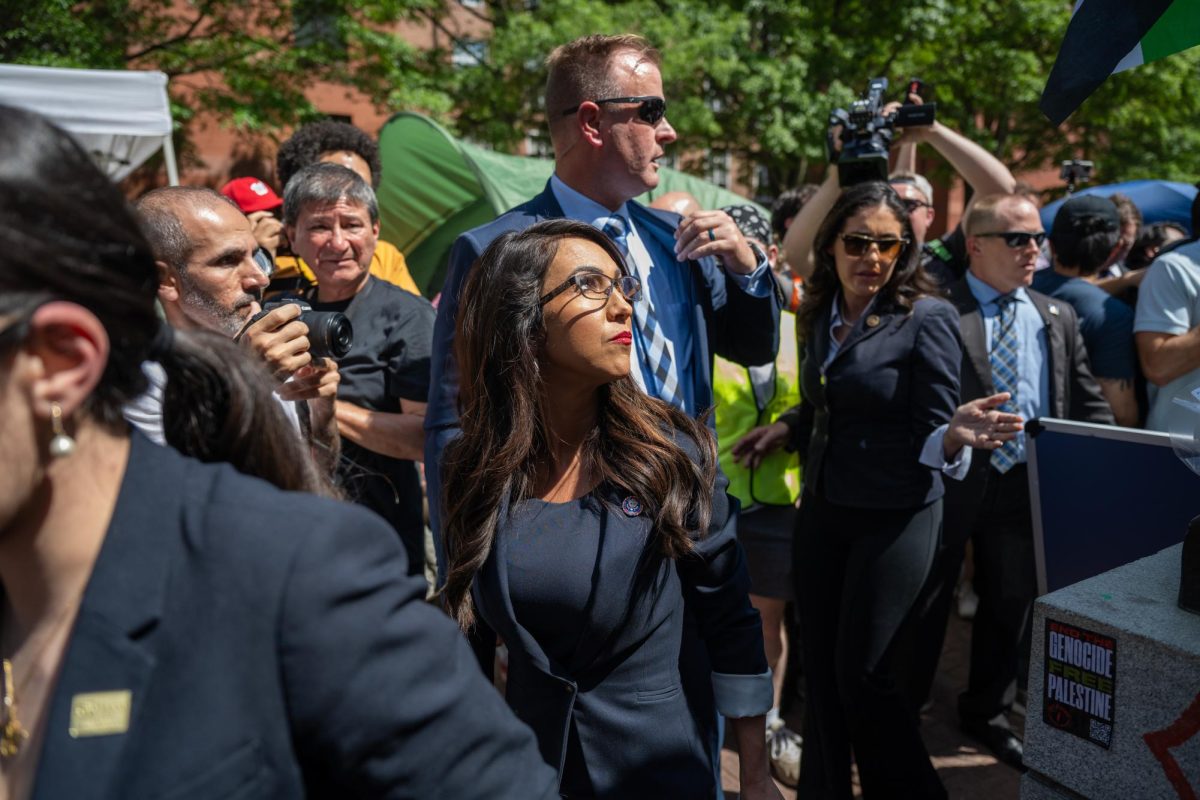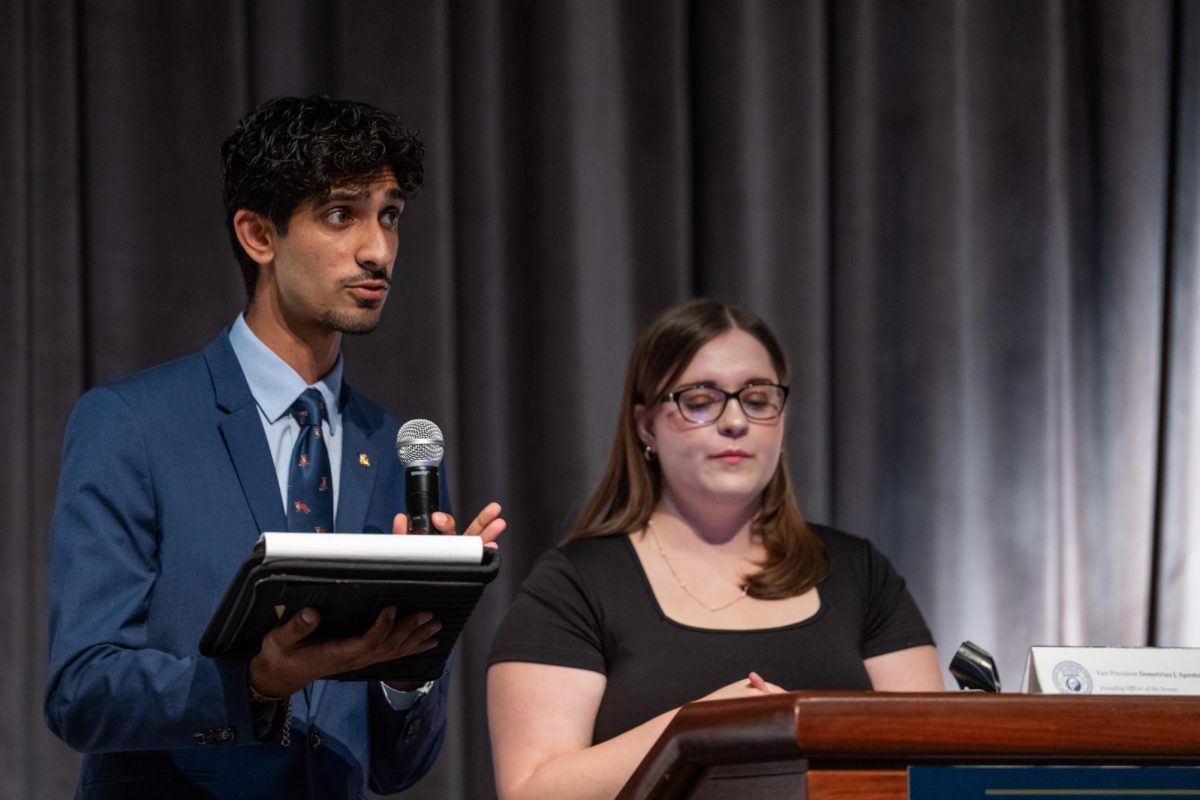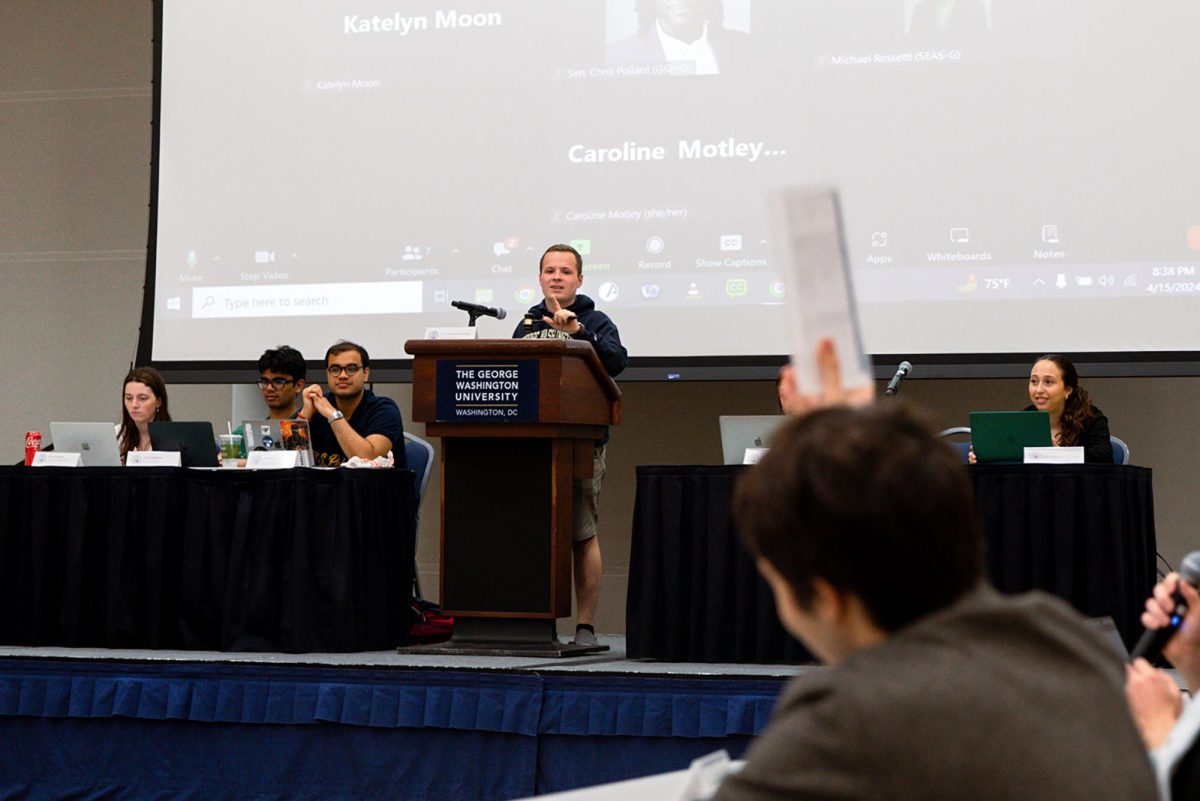Student Association leaders are working with officials to extend SafeRide dropoff locations to nearby apartments.
The SafeRide program, which officials rebranded in 2019 in place of the 4-Ride system, offers free late-night rides to students on the Foggy Bottom Campus but stops short of some off-campus apartment buildings, like 2400 M and Varsity on K apartments. The SA Senate passed legislation sponsored by SA Vice President Kate Carpenter last week, urging officials to extend the program’s boundaries for students who live in Foggy Bottom’s surrounding areas.
The service currently operates between 19th and 25th streets and from L Street to the intersection at E Street and Virginia Avenue, according to the SafeRide website. The program also includes stops at the Corcoran School of the Arts and Design, The Aston and 1776 G Street, the website states.
“I really believe in safety for students in general, and I think transportation is a big way to do that,” Carpenter said.
Carpenter said she hopes to keep expanding the program to include stops at the Lincoln Memorial and the Boathouse Apartments.
She said she also sent out a survey to students last month to gauge their feedback on broadening SafeRide, which resulted in more than 240 responses from students. More than 94 percent of student respondents in the SA’s SafeRide survey said they would use the service to travel to and from West End, and nearly 90 percent said they would use it to and from the Lincoln Memorial, according to the results that were shared with The Hatchet.
“My job is to care about the student body as vice president – I care so much about our students being safe,” she said.
Carpenter said she is working with Destiny Jackson, the director of transportation and logistics, to add more off-campus stops to the service in the West End neighborhoods.
Jackson said officials have not yet discussed SafeRide expansions. She said about 17,000 students use SafeRide each semester.
“GW Transportation is gratified at the active steps the Student Association is taking to advocate transportation needs for students on campus, and the resolutions they have passed to that end,” Jackson said in an email. “However the administration has not yet had a chance to discuss a way to implement their suggestions.”
Survey respondents said the expansion could alleviate financial and safety concerns for students walking back from late-night classes or off-campus apartments. Some respondents said they have had “scary” experiences involving police encounters during late-night walks, and they would feel more “secure” near campus with a SafeRide expansion.
Some respondents said the recent rise in crime and gun violence around D.C. deter them from walking alone at night, especially off campus after a late-night class. They said expanding the program can protect students from encountering potentially dangerous situations.
“Lots of students have friends who live off campus and are forced to walk back to dorms alone at nighttime,” a survey respondent said in the survey results. “I personally have often been uncomfortable walking at night from off-campus housing back to my dorm, so this would be highly beneficial.”
Other respondents said expanding the program could also reduce the ride share costs for students who could instead use SafeRide to get home safely from an off-campus location.
“SafeRide is great because it’s free,” a survey respondent said. “Students trying to be safe especially at night shouldn’t have to pay to get around.”
Freshman Carolynne Burk, a biology major living on campus, said she has a mobility impairment that makes exploring D.C. more difficult, and additional SafeRide stops would resolve some of these issues for students in similar situations.
“I definitely understand what it’s like to not be able to access public transportation in a reliable way,” Burk said.”
Anna Jett, a junior who lives in West End, said she would likely use SafeRide to get home when it’s dark outside after her classes end at 9 p.m.
“As someone who lives off campus and has a class that goes into times when it’s going to be dark outside, I would be more inclined to use it,” Jett said.
Rosa Fihla, a junior living in Dupont Circle, said officials should also consider increasing the number of drivers available to pick up students because of longer wait times that students have complained about in past years.
“It’s kind of ingrained in me that you never walk alone at night as a girl, so to have that option would be so helpful,” Fihla said.


